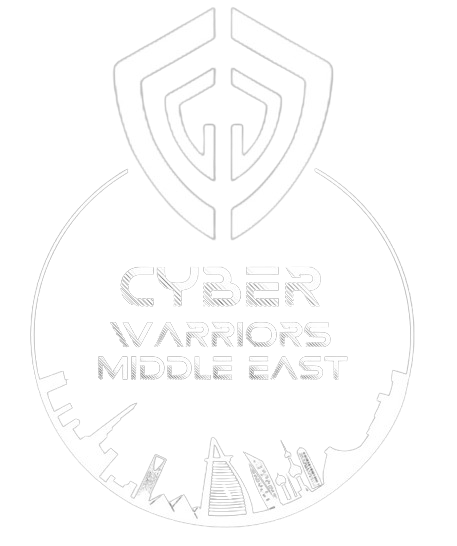Understanding and Combating Credential Stuffing in the iGaming Industry: A Comprehensive Guide to Cybersecurity Challenges and Solutions
Cybersecurity Threats Loom Over iGaming Industry as Credential Stuffing Rises
In the fast-paced world of iGaming, where online casinos and sportsbooks thrive, cybercriminals are increasingly targeting these platforms, exploiting vulnerabilities to steal funds and compromise user accounts. One of the most alarming trends is the rise of credential stuffing attacks, which have become a favored method among hackers.
Credential stuffing involves using stolen username and password combinations, often sourced from data breaches, to gain unauthorized access to multiple accounts. This tactic thrives on the widespread habit of password reuse, making it alarmingly easy for attackers to infiltrate player accounts across various platforms. With millions of leaked credentials available on the dark web, even less sophisticated criminals can launch successful attacks.
The implications for both players and operators are severe. For players, compromised accounts can lead to financial losses, identity theft, and exposure of sensitive personal information. For operators, the fallout includes reputational damage, legal liabilities, and potential regulatory fines. The stakes are particularly high in the iGaming sector, where access to funds and loyalty rewards can be directly compromised.
Recognizing the urgency of the situation, cybersecurity experts at SOFTSWISS emphasize the need for a collaborative approach within the iGaming community. They advocate for sharing insights and practical solutions to combat credential stuffing effectively. Implementing robust security measures such as multi-factor authentication, CAPTCHA, and advanced bot management can significantly mitigate risks.
As the iGaming industry continues to expand, operators must prioritize cybersecurity to protect their platforms and maintain player trust. By adopting a proactive stance against credential stuffing and other cyber threats, the industry can create a safer environment for all stakeholders involved.



